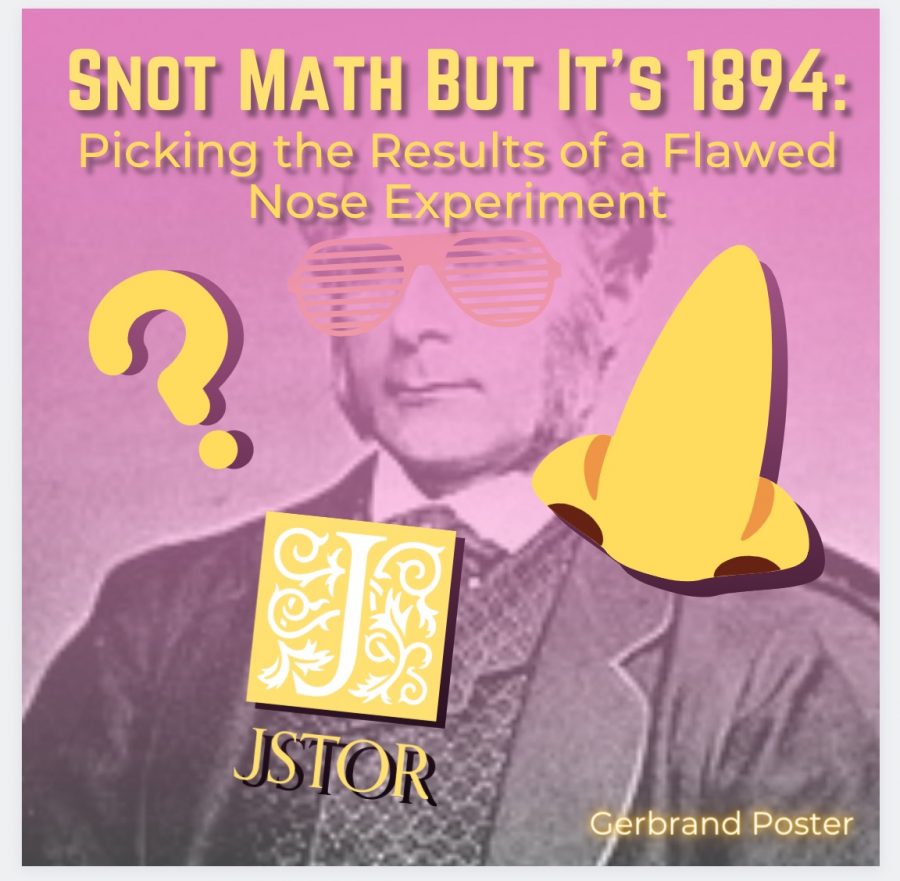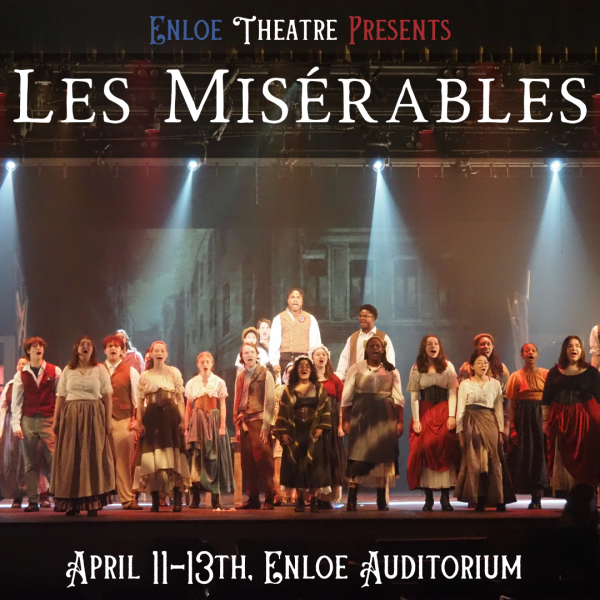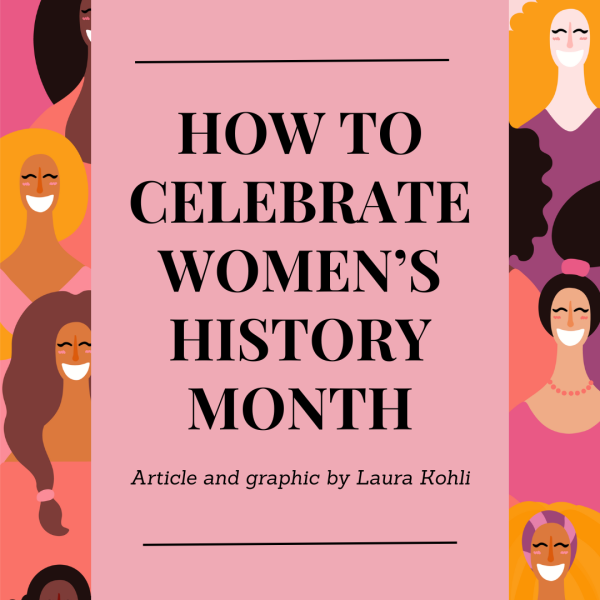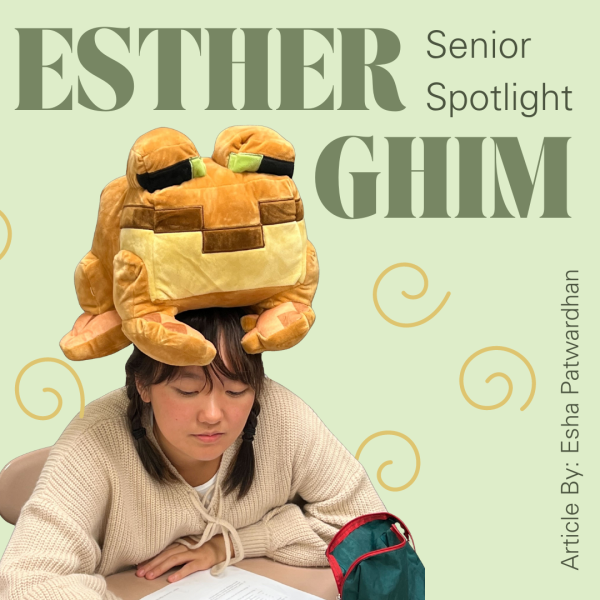Snot Math but it’s 1894: Picking the Results of a Flawed Nose Experiment
Graphic by Ian Albino
It was one of those days again. Yes, Enloe veterans can probably already guess what happened: I was browsing JSTOR.org and got sucked into an obscure Psychological Review news article from the 19th century entitled “Arithmetic by Smell.” Like a sour lemon, my interest was piqued: Can I add and subtract with a maple magic Yankee candle? Apparently, yes, at least according to this guy named Sir Francis Galton. I looked him up, and apparently he has sideburns so he is a reliable scientific authority. He hypothesized that simple arithmetic can be performed with smells representing numerical values: in his words, he performed experiments “…in order to assure myself that arithmetic may be performed by the sole medium of imaginary smells, just as by imaginary figures or sounds.” Thankfully, the procedures for these experiments were very snort, so they can be examined step by step!
So, first Sir Sideburns infused a variety of scents into cotton balls, which he “loosely packed” into specially designed brass tubes. He then “taught [himself] to associate two whiffs of peppermint with one whiff of camphor, three of peppermint with one of carbolic acid, and so on” to create a number system. He then proceeded to do addition and subtraction, at first with the scents themselves and then with only the imagination of them. Sideburns used this same format with different tastes as well, but he concedes that “few experiments were made with taste” (That’s too bad because I’m hungry). He did not attempt multiplication with tastes or smells, lamenting how “…few persons appreciate the severity of the task imposed on children in making them learn the simple multiplication table.” (I agree!)
Given that he could add and subtract, Sideburn’s hypothesis was proven correct, but only to a degree: while he became very apt at the process of simple smell/taste arithmetic, the complexity of his equations rapidly increased (Bath and Body Works is pretty much nasal calculus) and he was forced to stop the experiment. Tragically, he did not effectively retain the memory of the values of the scents/tastes after three months. But still, 10 points for creativity! Only a true intellectual booger would have thought about utilizing tastes and smells for arithmetic.
After lavishing so much praise on Sir Sideburns, I figure it is about time to point out some of the flaws in his experiment. Firstly, the experiments were conducted with Sir Sideburns serving as the only test subject, meaning that the data is skewed toward his own traits and not the traits of humans in general. Secondly, he used ammonia for one of his scents. Any chemist worth his salt should know, ammonia is toxic! Poor Sir Sideburns, I wish he had known.
Sideburn’s experiments, insignificant as they may seem, tell nosy psychologists something important: we can change how our brains interpret what senses we receive, if only for a short time. The old system of written numerics is certainly more efficient and more retainable (Galton’s ability to compute calculations with differing whiffs was lost after a three-month break period). However, smelling your sixes and sevens is much cooler!
Read the source article PDF:
https://galton.org/essays/1890-1899/galton-1894-smell.pdf
Your donation will support the student journalists of Enloe Magnet High School, allowing us to cover our annual website costs. We are extremely grateful for any contribution, big or small!

Gerbrand, alias Bran, is a fresh, energetic senior with plenty of ideas. He enjoys singing in the Enloe Chamber Choir, being respectful, and sharing...


















